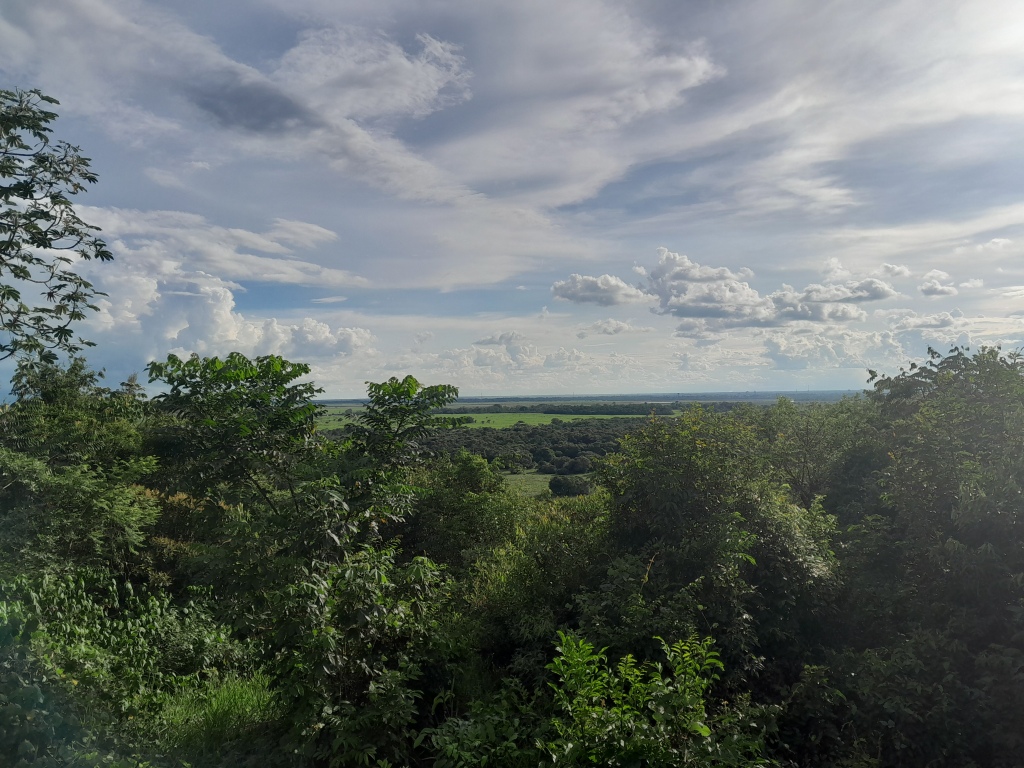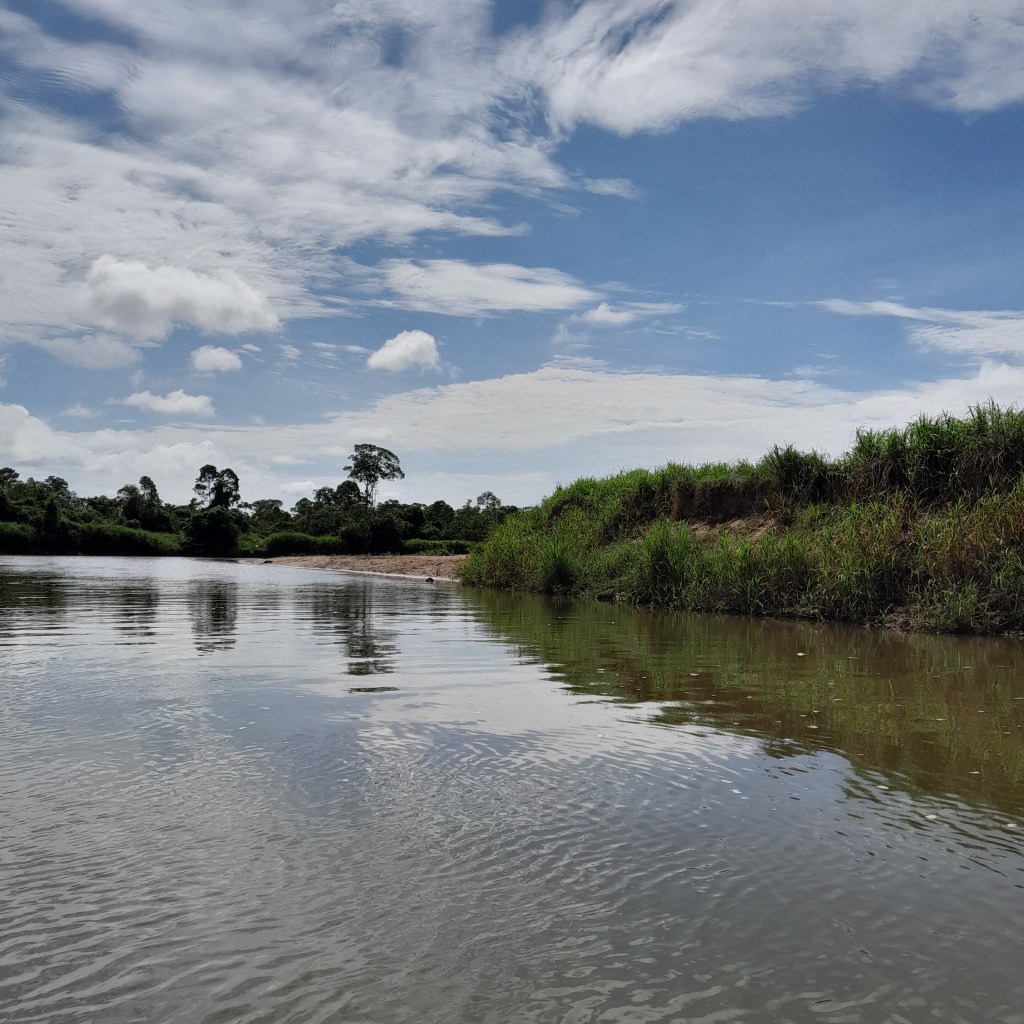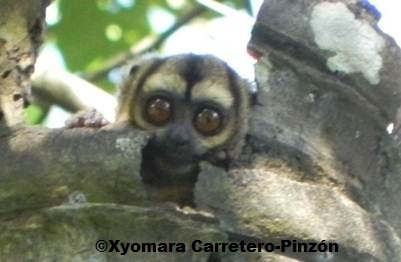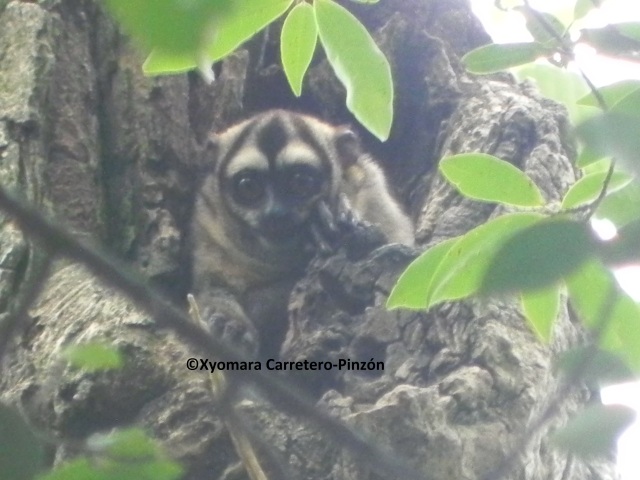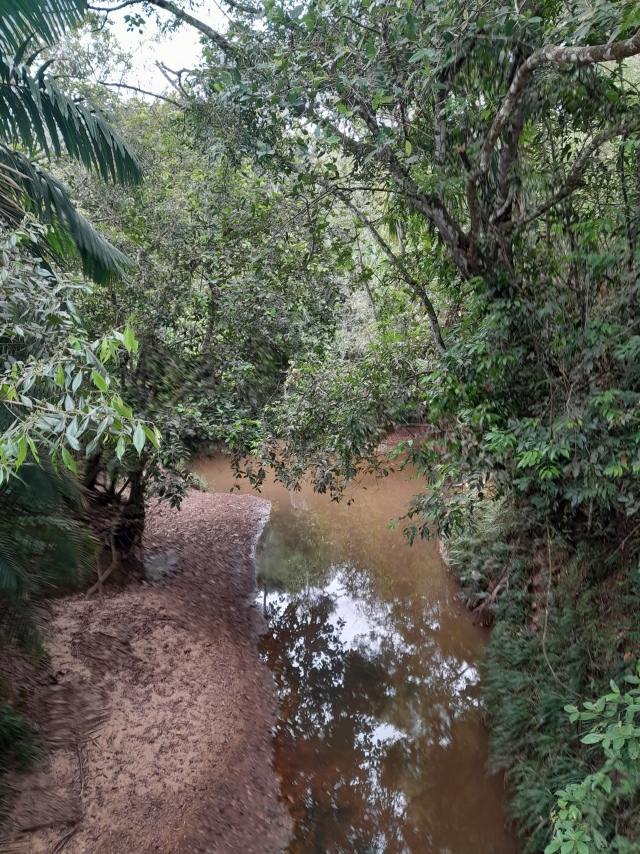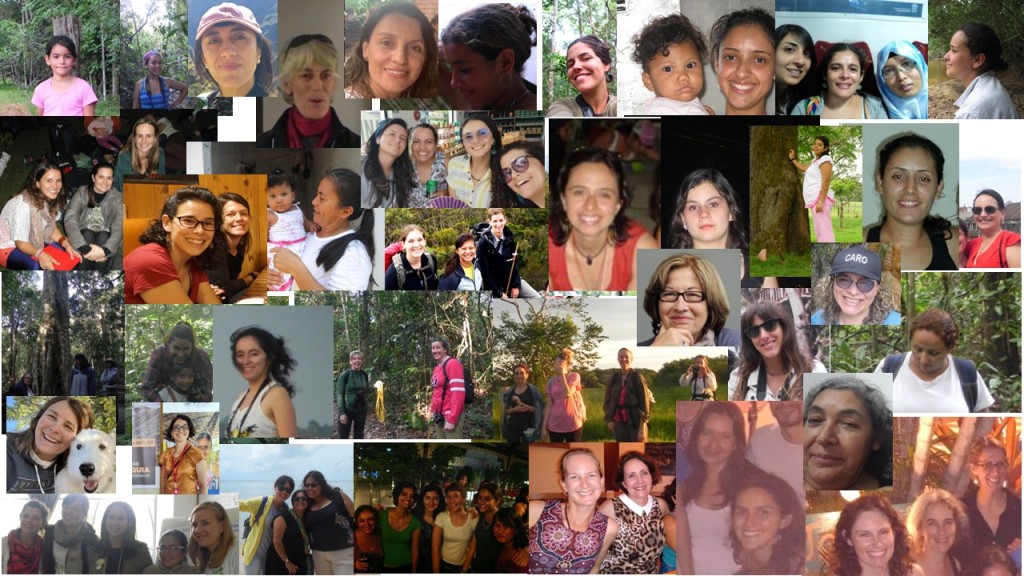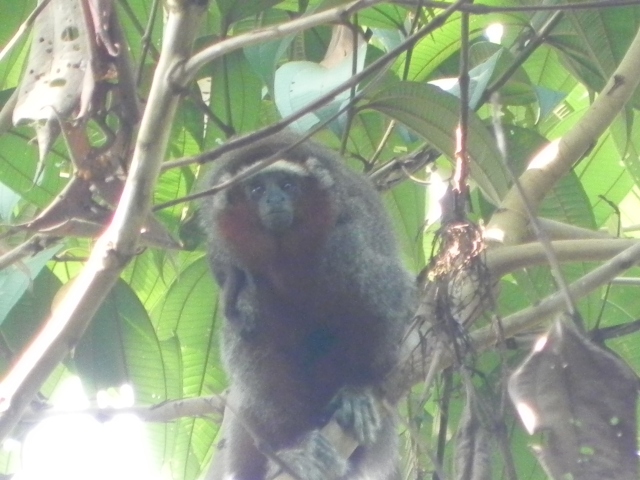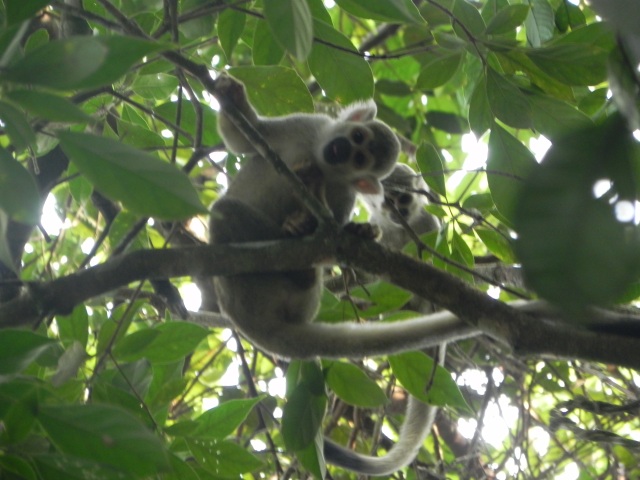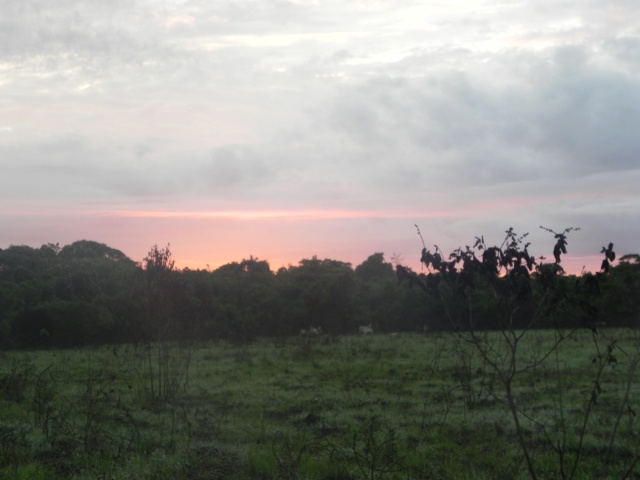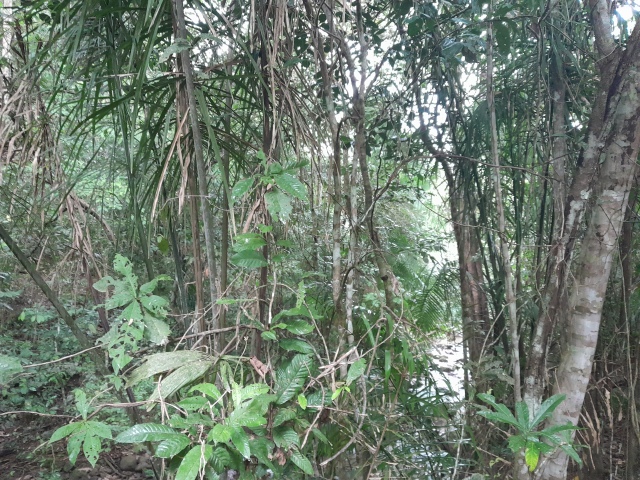A few weeks ago, there was a twitter from a person who work/ use to work in government in Colombia asking long-term projects in Colombia to contract national professionals. What this twitter said it wasn’t bad per se, but it has a big lack of knowledge about how difficult actually is to get funding to pay salaries.What most people don’t know is that salaries are rarely cover in most grants, especially small grants that are the ones used to cover most of the expenses in long-term projects.Most long-term project manage by small NGOs where there is only one person managing all aspects of a project, not necessarily had a salary to cover this person. Actually most of the small NGOs are manage by compromised professional who loves what they do and have additional jobs to cover their basic needs. So please don’t assume that if you see a long-term project, or even most of research projects done in countries like Colombia, they had excess of money to pay salaries, especially salaries for professional biologist/ecologist.Most grants cover logistic expenses (transport, food, local people payments per day, and logging) but no salaries to cover the time spend on analyzing data, making financial and technical reports, making grant applications, making maps. All that time is free labor done by most managers and directors of smalls NGOs and research project directors.Support from governments and governmental institutions is limited and depends on political connections and specific interests and government agendas. Therefore we use international grants that doesn’t cover salaries and continue having more than one job to do science and study the organisms that we love and want to conserve.So my advise to people wanting to do research in Colombia is to get a job in a university/ institution and work in their research projects unless you want to have more than one job and still do research in your passion. It is a reality that anyone want to tell you while you are studying, but it is part of science reality in countries like Colombia.
If you want to support our activities, please visit https://fineartamerica.com/art/xyomara+carretero or get in contact with us at xcarretero@gmail.com if you want to collaborate, donate or volunteer in our activities. You can also support our activities by buying our ornate titi monkeys stuff dolls https://www.instagram.com/p/Ctm_sEORvk8/?igshid=MzRlODBiNWFlZA== and our new journals in Amazon https://www.amazon.com/X-Carretero/dp/B0CWD1DBJM/ref=mp_s_a_1_1?© Copyright Disclaimer. All pictures used on this web page are protected with copyrights to Xyomara Carretero-Pinzón. If you want to use any of these pictures, please leave a message on the website.


